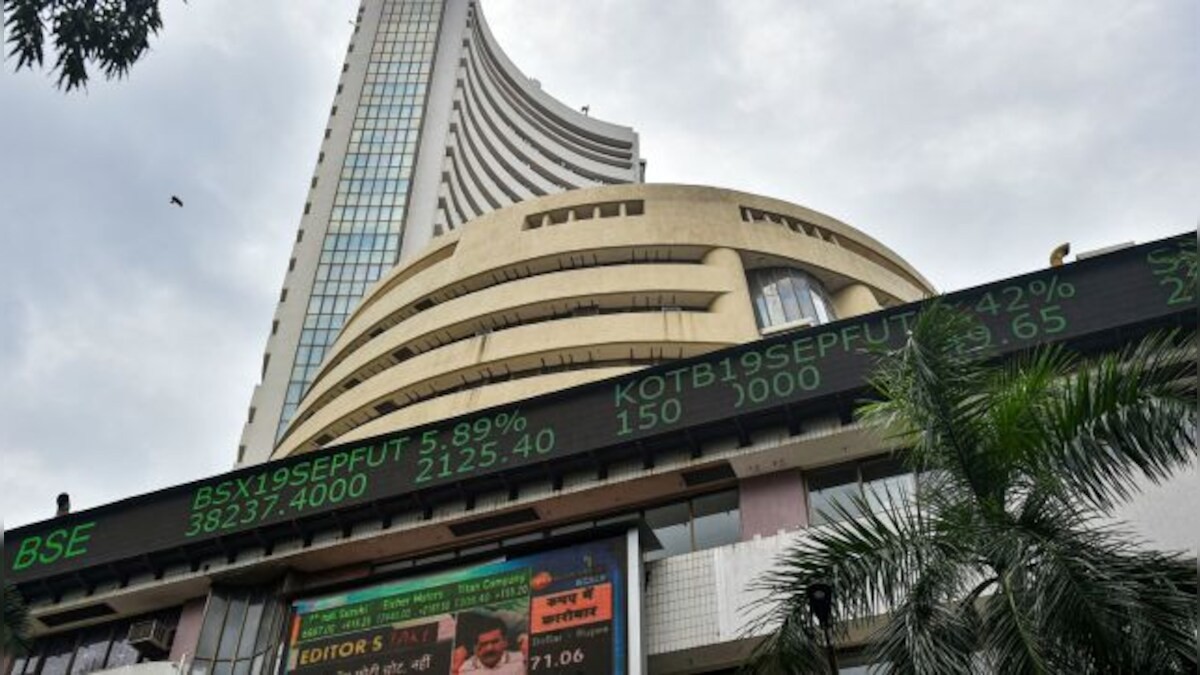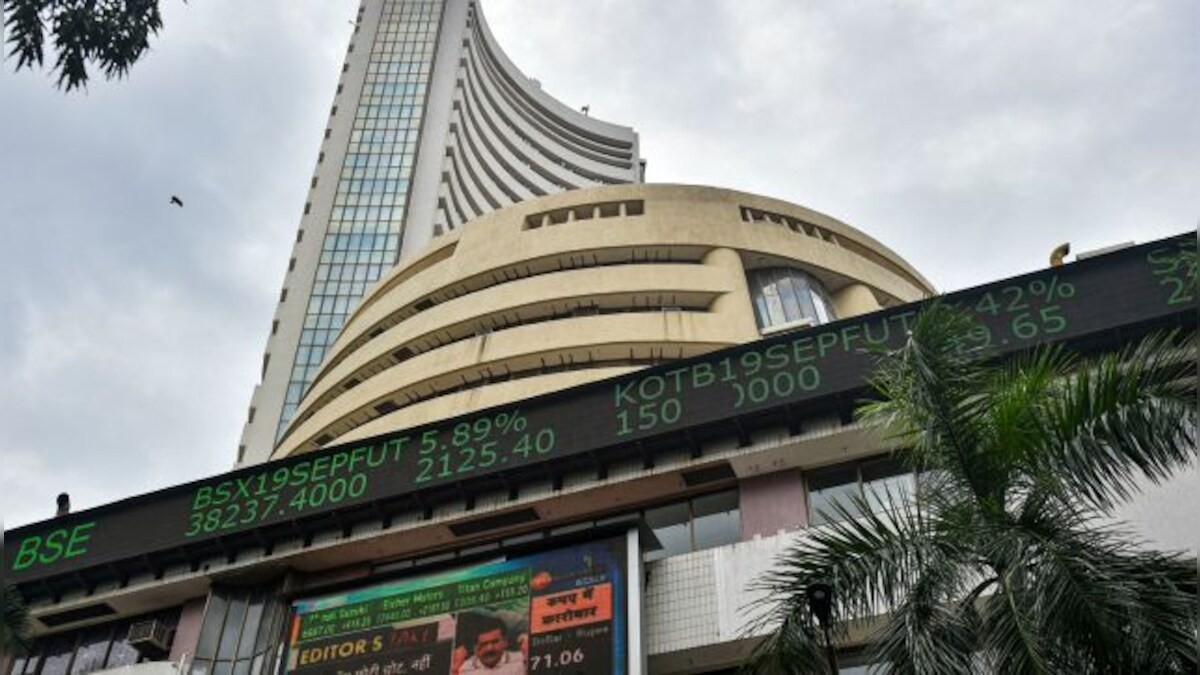The stock market has been in decline mode for more than two weeks now, thanks to global worries about growth, the sharp drop in oil prices, and the likelihood of foreign investors turning risk-averse.
Whenever investors become risk-averse, they rush back to dollar assets. The dollar is the world’s safest haven, never mind that the US is also the country signing the largest IOUs in the world.
Between 28 November and now, the Bombay Stock Exchange Sensex has tumbled nearly 2,000 points, and the chances are it will test recent price floors for a while. Reason: fears about the rupee (Rs 63.59 to the US dollar around mid-day on 17 December) have sent foreign institutional investors (FIIs) scurrying for the exits, accentuating the problem.
India has been among the worst performers among emerging markets over the last fortnight, losing 6.9 percent compared to an average of 3-5 percent for the rest. (See table below )
So, is this a time for domestic investors to rush to the exits or hold on?
My own guess is that even though the markets may fall further before they begin to stabilise, this is not the time to sell in a panic. Why? Because India’s fundamentals are improving, with inflation declining and interest rate cuts now expected sooner than later. Also, by February, one can expect a slew of economic policy measures to improve the investment climate, and these should put new fizz into the India story.
Also, it is worth remembering the age-old advice: be greedy when there is fear in the markets, and be fearful when everyone is rushing to buy stocks. Right now we are neither in fear nor greed territory, for the indices are still in safe territory, but if they fall further, one should pick up the courage to buy. Few people make money by running in and out with the herd. They make money by being contrarian at the right time and price.
My own range for buying would be a Sensex level below 25,000, and a Nifty level below 7,700. This is not a guarantee that the indices will not fall further, but from these points, losses will be lower for buy-and-hold investors.
India, whether you like it or not, is a long-term revival story. When oil prices fall, we benefit hugely. Not just fuel users, but an entire range of industries which use petroleum or petrochemical inputs - from chemicals to paints to plastics to pharma to many others.
This will not only bring prices down and boost domestic demand, but, as the investment cycle picks up, will be complemented by falling interest rates.
The losers will be the export sectors, but if the rupee falls further, the IT companies will actually gain on exchange rates, even though export business may be sluggish. In fact, past experience shows that when the economy hurts, IT software clients opt to automate more as they have to cut costs. India’s IT companies will thus benefit from this - after a small lag.
The other downside could be the government’s fiscal deficit - which cannot be easily bridged if public sector disinvestment does not yield the kind of amounts budgeted (over Rs 63,000 crore). But a hike in oil taxes as global prices fall will help reduce this shortfall.
However, there could be an upside, too. As rates fall, the market should discount share prices better. And this time, if the government allows domestic provident and pension funds to start investing in stocks up to, say, 10 percent of their corpus, the FII skittishness will be partly balanced by domestic money entering stocks.
Also, if global disinflation worsens, one can count on the US Fed, the European Central Bank and the Bank of Japan to pump up the money cycle with quantitative easing. Nobody wants a 1930s-type depression, and if money gets easy, a lot of it will flow into assets like stocks. No matter what happens over the next few months to Indian stocks, I expect the foreign flows to improve next year after an interval.
Also remember: the December period is where foreign investors pack up to go home and they don’t want to take risks over Christmas. They may be exiting to lock into gains made so far. But, like Arnold Schwarzenegger, they will be back.
This is not the time to lose faith in the market story. This is the time to stay invested for the medium- to long-term.


)




)
)
)
)
)
)
)
)